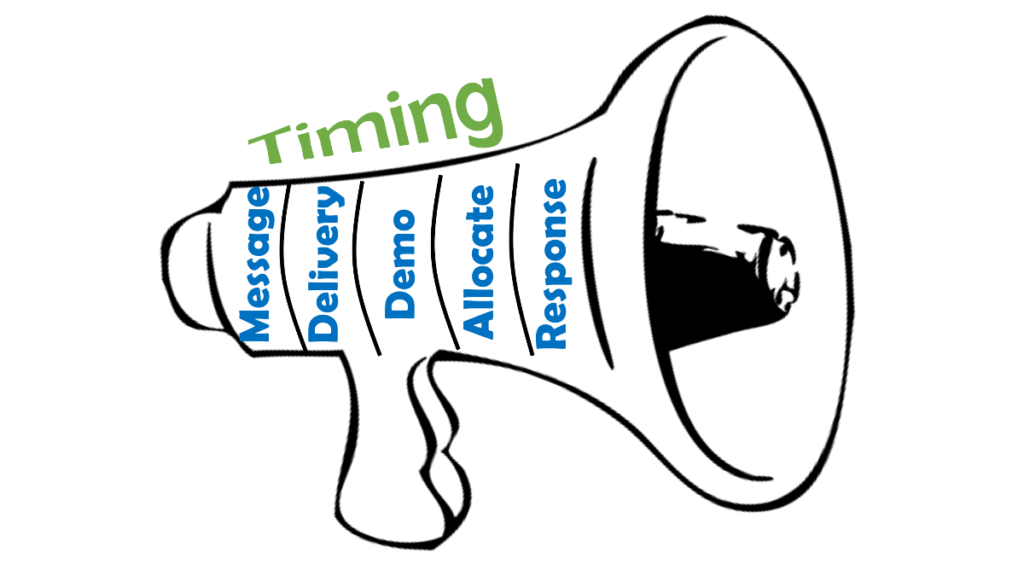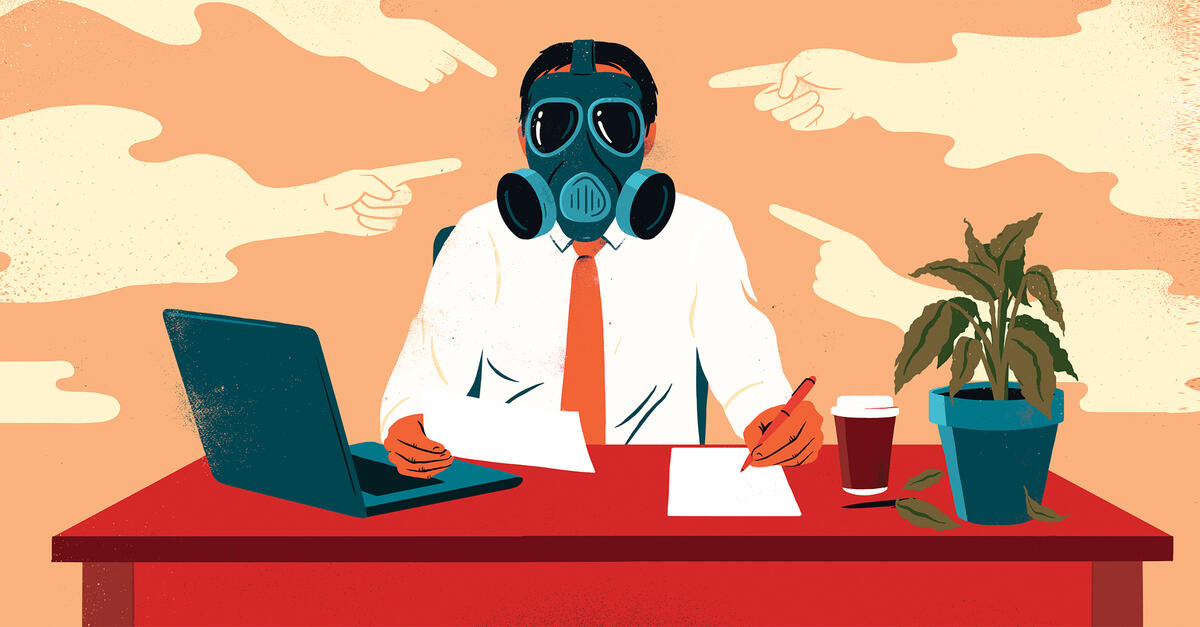I work with many organizations that struggle with bad behavior and toxic elements in their workforce. Why don’t people just fall in line? Why don’t they think before acting?
It’s common to question whether the culture – the way we do things around here – is failing the organization. But it’s never the culture. Culture is not a source. It is an outcome.
Culture is the culmination of leadership actions repeated over time. It is reinforced by the language, actions, and artifacts that are permitted and praised in the organization.
When leaders let bad behavior go without comment, they are effectively endorsing it. Over time that enables cultural drift. Previously unacceptable behaviors become acceptable through micro endorsements over time. The unimaginable becomes imaginable.
- Leaders who think policy doesn’t apply to them
- Sexist remarks that go unchallenged
- Pleasantness in public and backstabbing behind the scenes
- Stealing from the office – whether time or supplies
- Talking trash about other departments, leaders, or the competition
I believe most people are still conscientious, want to make a positive contribution, and look out for their neighbors. Those are the behaviors we want to focus on, promote, and recognize. But it can’t be random. Leaders have to make choices that stick.
- Who do we want to be?
- What values will we reflect?
- How should that play out in our interactions with customers and one another?
- What behaviors must stop, start and continue?
- What will I do to draw the line?
Culture is not the culprit for bad behavior. It starts with leadership and is reflected in everything a leader does.
- The messages they send (what gets talked about).
- How they are delivered (designates importance).
- Whether leaders demonstrate what they say is important (walk the talk).
- How resources are allocated (confirms what is most important).
- How they respond to crises (reinforces the sanctity of values).
- And how quickly they do all of the above.

“If you don’t stand for something, you will fall for anything.” What do your leaders stand for?
Thoughtfully yours,
Jeff



